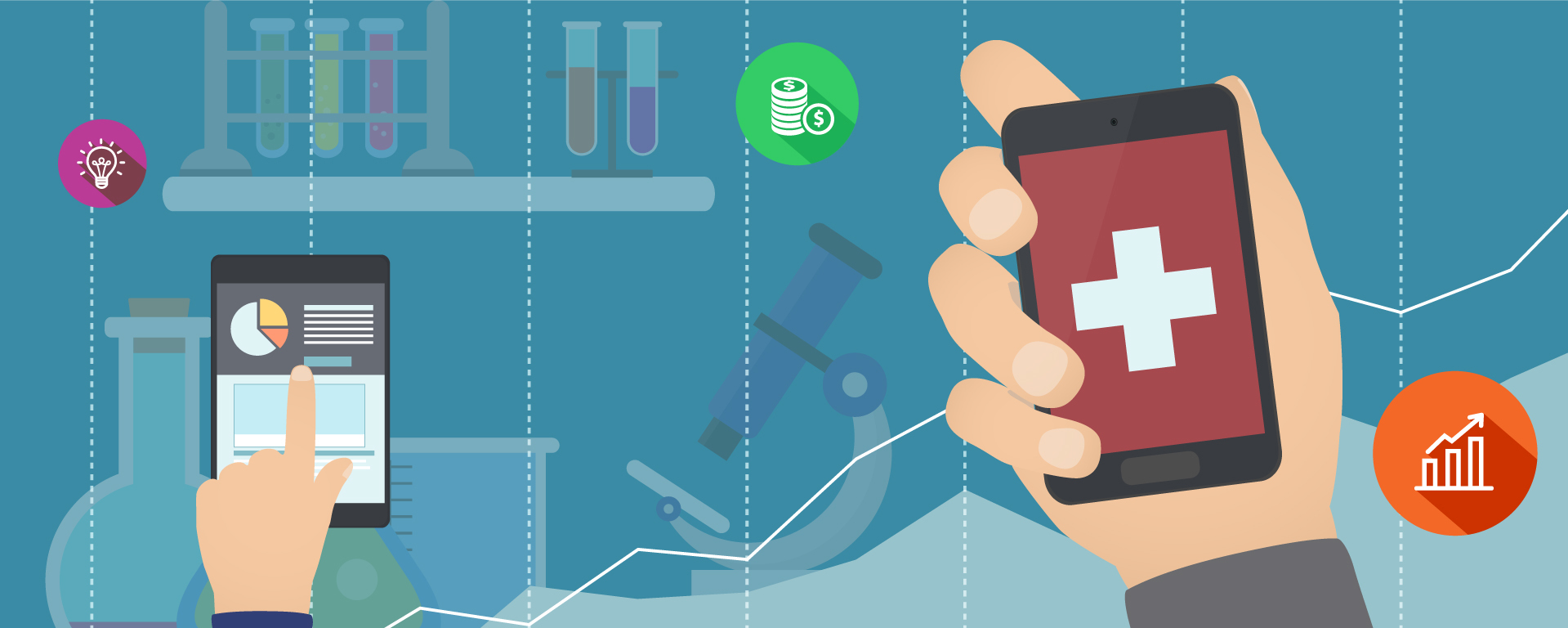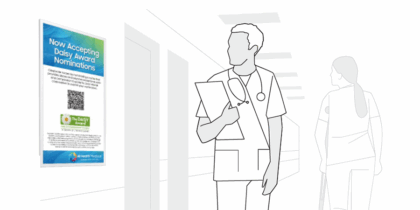If you pay attention to the startup scene at all, your ears have probably gone numb to the idea of “disruption.” However, disruptive innovation in healthcare is a force that’s just finding its legs and gaining real traction in the industry. From healthcare price transparency to passive data collection, this year promises to be one in which new developments and paradigms in the industry start to shake out genuine advancements across the board.
The technologies driving four of the most promising areas of innovation in healthcare are powerful and effective, enabling increased precision in patient care.
Price Transparency Becomes the Norm
As meaningful use initiatives and shifts toward ACA-driven, high-deductible plans in healthcare drive more patient-centered orientations, expect to see providers and payers increasingly interested in price transparency. The Healthcare Financial Management Association (HFMA) has had a task force focusing on price transparency since 2013 and has garnered the support of multiple large insurance companies. Still, while most patients have reasonable access to charge-related information when making healthcare decisions, many are still in the dark when it comes to actual prices.
This issue has given birth to a host of tech tools aimed at bringing patients better price transparency in healthcare, including apps that track co-pays and deductibles, online services that allow users to “shop” for medical procedures and services from local providers and other comparison tools from both new entrants and existing players.
Healthcare price transparency isn’t just a trend for 2016, according to Connor Landgraf, co-founder of digital stethoscope maker EKO Devices — we can expect it to be a central focus in the industry for the next 10 years.
Healthcare Information Involves Everyone
Gone are the days of physician-centered health; patients are not only encouraged to take charge of their health and treatment, they’re also redefining the very borders of healthcare through concepts like online health communities and population health.
If you haven’t run across them yet, online health communities are patient-led spaces where people dealing with specific chronic conditions come together to discuss treatment, physician choice, medications and multiple life-impacting decisions. They’ve been found to facilitate communication between providers and patients, support coordination of care and improve clinical outcomes. Online health communities are driven by the typical community technology including social media, mobile devices and apps.
Similarly, population health is redefining disruptive innovation in healthcare and becoming the central goal for organizations across the industry. The concept, which is simply the health outcomes of a specific group, promises insights that haven’t been available before. The technology around population health (used by insurers, government organizations and research centers) is highly data-focused, with electronic health records (EHRs) and electronic medical records (EMRs), predictive analytics and cloud technologies playing central roles.
Tech Goes Clinical
You might have missed it, but earlier this year one leading wearable maker was hit with a class action lawsuit that claimed its wearable health monitors were inaccurate. This lawsuit was critical to opening up the conversation around clinical deficiencies in the booming healthcare technology market. Enter a true example of disruptive innovation in healthcare — the FDA-approved healthcare device.
The agency began soliciting mHealth and wearable tech for clinical devices at the end of 2015, a move which represents an important shift in the healthcare innovation space toward expanding on proven methods and treatments from the clinical world. Keep an eye out not only for more accurate fitness wearables, but also for sensors, diabetes monitors and even innovations around apps and programs from insurance plans.
Passive Data Collection Takes Off
All of those wearables and sensors we mentioned will be generating an amazing amount of data (IDC estimates that by 2020, healthcare will have produced over 2,000 exabytes of data) and much of it is collected passively. Data generated without patient effort will fuel population health and data analytics initiatives, as well as improve the developing concept of the EMR. It will include everything from basic blood pressure and blood sugar readings to monitoring the patterns of an elderly person living alone at home to alert clinicians and family in case of a fall or other health incident.
Passive data collection occurs largely via wearables and sensors, but the processing of the constant stream of vitals and patient behavior will also incorporate cloud technology and a host of security innovations which will only become more important as data becomes more entrenched in patients’ daily lives.
This year promises to be an exciting one for disruptive innovation in healthcare. Keep an eye out for not only new technologies, but also for established technologies and concepts being used in new and innovative ways across the healthcare landscape.
Learn more about current and future technology trends in healthcare that are empowering patients and caregivers.







